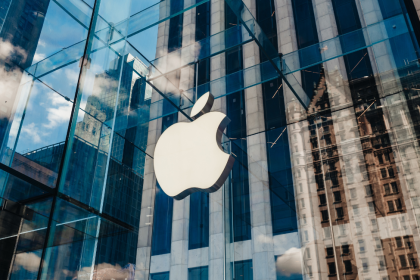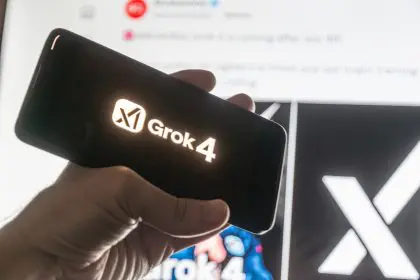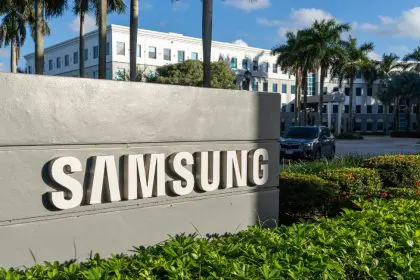Microsoft is keeping Windows 11 protected against the next generation of quantum cyberattacks. This proactive approach addresses a growing concern in the cybersecurity industry, where quantum computers pose unprecedented threats to traditional encryption methods.
Although quantum computers are only found in specialized labs at the moment, that will soon change with the tech expected to be used by industries like cybersecurity and finance, and Microsoft wants to be prepared. Major technology companies are racing to develop quantum computing capabilities, with several breakthrough announcements emerging from research facilities worldwide.
“The integration of PQC capabilities into Windows Insiders and Linux marks a significant step forward in preparing for the quantum era,” the tech giant said in a recent blog post. “Quantum computing has significant potential to help solve some of humanity’s greatest challenges, and by proactively addressing the security concerns with current cryptographic standards, Microsoft is helping pave the way for a digital future that both realizes the benefits of quantum and mitigates the security risks.” Post-quantum cryptography represents a fundamental shift in how digital security will be implemented across all computing platforms.
“The emergence of quantum computing presents both significant opportunities and challenges,” the landscape is evolving, and the company noted. Current encryption methods that protect everything from online banking to personal communications could become vulnerable once quantum computers reach sufficient computational power.
“In previous blog posts, we discussed how quantum computing could disrupt contemporary cryptographic algorithms, Microsoft’s contributions to quantum safety efforts across the industry, and the addition of PQC algorithms to SymCrypt, our core cryptographic library,” they explained. “We are pleased to announce the next significant milestone in our PQC journey: We’re making PQC capabilities available for Windows Insiders, Canary Channel Build 27852 and higher, and Linux, SymCrypt-OpenSSL version 1.9.0.” SymCrypt serves as Microsoft’s foundational cryptographic library that powers security features across Windows systems.
Customers will be able to start experimenting with post-quantum cryptography “within their operational environments”. This testing phase allows organizations to evaluate compatibility and performance before implementing these security measures in production environments.
“PQC algorithms are relatively new, and it is prudent not to consider the initial generation of PQC algorithms as the definitive solution but rather view this as an evolving field,” they continued. The technology represents an ongoing evolution rather than a final solution, requiring continuous development and refinement.
“This underscores the importance of ‘Crypto Agility’ which involves designing solutions to be more resilient to the use of different algorithms and/or upgradable to use future algorithms as the PQ standards evolve.” Crypto agility has become essential for organizations preparing for the quantum computing era, enabling rapid transitions between cryptographic methods without major system overhauls.
The quantum threat represents one of the most significant challenges facing modern cybersecurity. Traditional encryption methods rely on mathematical problems that are extremely difficult for classical computers to solve but could be easily broken by sufficiently powerful quantum computers using specialized algorithms.
Microsoft‘s implementation follows collaborative efforts with industry partners and government agencies to establish post-quantum cryptography standards. The National Institute of Standards and Technology has been leading standardization efforts, working with cryptographers worldwide to identify the most promising quantum-resistant algorithms.
The Windows Insider Program provides an ideal testing ground for these new security features, allowing Microsoft to gather feedback from developers and IT professionals before wider deployment. This collaborative approach ensures that the quantum-proof security measures are thoroughly tested across various use cases and environments.
Enterprise organizations are particularly interested in post-quantum cryptography as they face increasing pressure to protect sensitive data against future threats. Financial institutions, healthcare providers, and government agencies are already beginning to assess their cryptographic infrastructure and plan migration strategies.
The integration of post-quantum cryptography into Windows represents more than just a security upgrade; it signifies a fundamental preparation for a new era of computing. As quantum technologies continue advancing, the window for implementing protective measures is narrowing, making Microsoft’s proactive approach increasingly valuable.
Industry experts emphasize that the transition to quantum-safe cryptography must begin well before quantum computers become widely available. Organizations that wait too long may find themselves vulnerable during the critical transition period when quantum threats emerge but new security measures haven’t been fully implemented.
Microsoft’s quantum-proof security upgrade demonstrates the company’s commitment to staying ahead of emerging threats. By making these capabilities available to Windows Insiders and Linux users, Microsoft is fostering an ecosystem where developers and organizations can begin adapting to quantum-safe security practices before they become absolutely necessary.
This strategic move positions Microsoft as a leader in post-quantum security preparation, potentially influencing how other technology companies approach the quantum computing challenge.

















